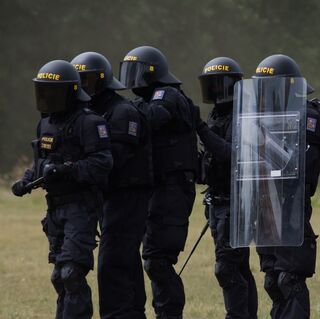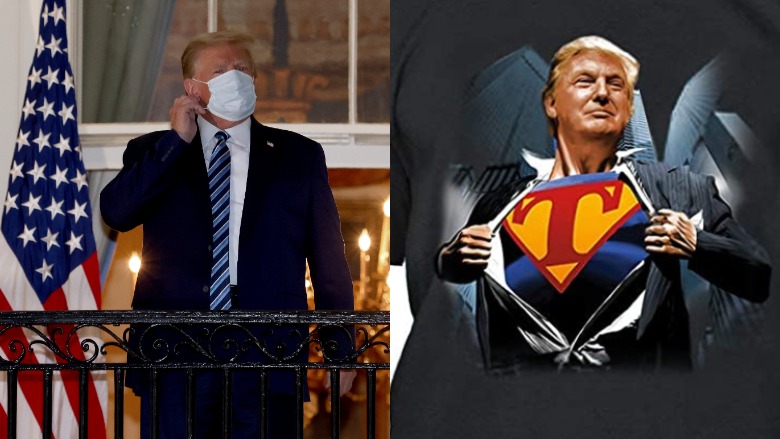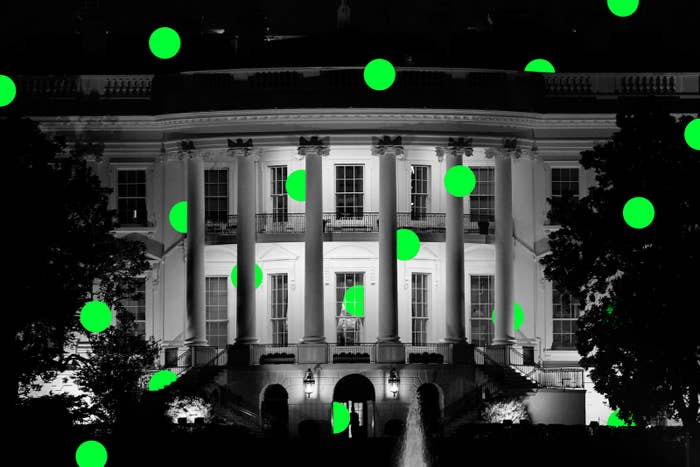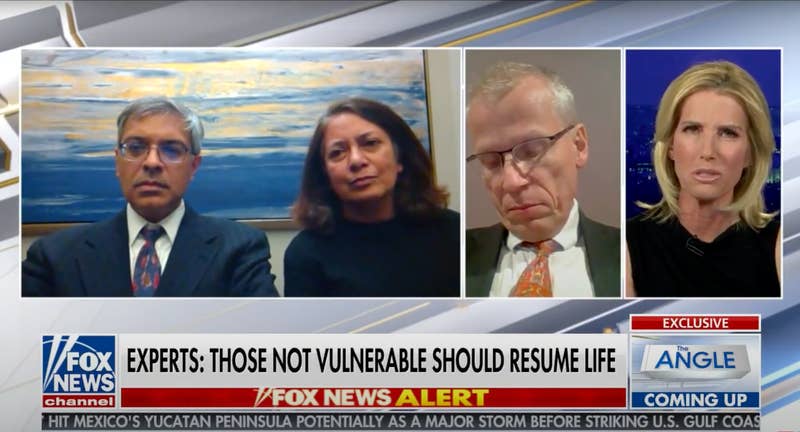Amnesty International listed an alleged 82 cases of torture and execution carried out by SARS (Special Anti-Robbery Squad)
Renee G October 11, 2020
The Grio Top 3 10/9
Following days of widespread protests against police brutality, Nigeria’s police chief has announced the dissolution of a notorious anti-robbery unit.
As previously reported in theGrio, the Special Anti-Robbery Squad (SARS) has long been accused of harassing and extorting young people and targeting those who have dreads, are dressed in nice clothing, or driving nice cars.
Read More: Nigerians rally against police brutality with #EndSARS campaign
Along with unlawful arrests, SARS has also been accused of being responsible for kidnappings, inflicting torture, and even murdering innocent people.
While #EndSars trended online in Nigeria for several days, thousands of people marched across Nigerian and in multiple cities across the world this week to demand the unit be disbanded.
Hello @PoliceNG. You have told US that SARS has been dismantled. But have you told THEM??
— Anto Lecky (@AntoLecky) October 11, 2020
In a statement on Sunday, Muhammed Adamu, inspector general of police, said the unit had been abolished “with immediate effect,” a move that was “in response to the yearnings of the Nigerian people.”
However, according to Adamu, the unit would be redeployed to other police commands, formations and units, which sparked outrage and condemnation by some activists online who vowed to keep up their campaign, demanding accountability and justice for the victims of police brutality.
The “disbanding” of SARS is step 1. This has happened before. We have to build a form of community safety that actually makes Nigerians feel safe. Let this be a battle that’s part of a larger movement against corruption to demand a government that truly serves us 🇳🇬#EndSARS
— Jidenna (@Jidenna) October 11, 2020
Adamu added that the Nigerian police force intended to investigate cases of alleged human rights violations by working with civil society organizations and human rights groups.
In a Twitter post, the Nigerian presidency promised that the police unit, which was founded in 1992 in an attempt to combat robbery, would be disbanded immediately.
Read More: South Africa ruling opens way for apartheid-era prosecutions of police who tortured and killed activists
In June, a report by Amnesty International listed an alleged 82 cases of torture and execution carried out by SARS under the supervision of high-ranking officers. The report accused the squad of “systematic use of torture” and alleged the existence of torture chambers within the Nigerian Police Force.





















